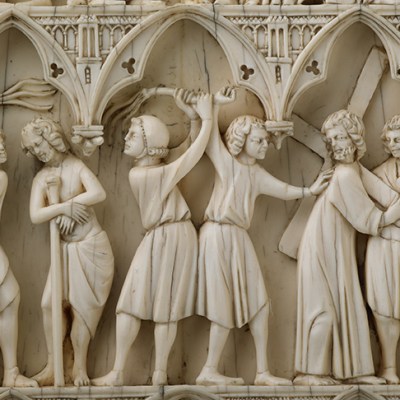The recent sale at auction of Chop Suey (1929) by Edward Hopper, once promised to Seattle Art Museum, is a reminder of the delicate if sometimes awkward balance between announced gifts to museums and later changes of heart. The episode is an opportunity to review best practices and pitfalls when it comes to the planned giving of art, particularly for major collections.
A gift is what typical state law in America calls a gratuitous act – it is done purely out of the generosity of the giver. This is different, in the ordinary course, from a contract. For a contract to be formed and bind the parties to its obligations, there has to be an exchange of something of value. It can be nearly nothing, but it has to be identifiable. It can even just be a promise to do something else, but ‘thank you’ on the part of the proposed recipient of the gift is not enough. In a typical scenario, therefore, a prospective donor can change his or her mind until the gift is made. Once transferred the law recognises the transaction as complete, at least.
In the case of Chop Suey, the collector Barney A. Ebsworth publicly announced his plans to donate some 65 works of art to the Seattle Art Museum in 2007, including the painting by Hopper. Ebsworth died in April 2018, shortly after which the consignment to Christie’s of his collection by his estate was announced. What happened is not known and neither the museum nor the estate has commented, so there is no point in speculation.
The instructive question, however, is whether this could be avoided in a similar situation. Without suggesting criticism of either side in the real-life example, the answer lies – as it so often does in the art market – in the power of an often simple written expression of the parties’ expectations, and perhaps putting a few teeth behind what might otherwise be gratuitous. It is worth noting that the idea behind adopting more formal practices is not to gin up a lawsuit between museum and donor: no one wants that, arguably museums least of all. But the power that setting out what people expect to do can have should never be underestimated.
As noted above, a promise to make a gift is not ordinarily enforceable. One exception is so-called detrimental reliance (sometimes called promissory estoppel). So if a friend offers to paint my house for free but only if I replace the siding, if I proceed to do so I could argue that I reasonably relied on my friend’s promise to my detriment, and that he should be required to perform the contract.
In a museum context, this is not too hard to imagine for a promise of a major collection. If donor X has 200 world-class objects but is concerned about the museum’s physical condition, it might be reasonable for the museum to undergo renovations in anticipation of the gift. That might be enough to compel completion of the donation.
But even that leaves too much to chance for both sides. The last thing the museum wants after it has spent millions of dollars on building improvements is to be arguing whether its decision to move ahead was reasonable in relying on the donor’s intentions before spending all those resources. A better approach is to find something of value to the donor and actually make an exchange of promises. In that event there is a contract. Whether, down the road, the museum would take a hard line and seek legal remedies is a decision that can wait for another day, since the overwhelming majority of donors follow through. Just the slightest push to the collector to stand by the original idea may be enough.
This does not mean promising every donor a new wing named in his or her honour. It does provide the opportunity for what is always better though – namely, communication. What could be done, or renamed, or enhanced in exchange for the gift? Some of the most enduring gifts to museums have a personal touch by the donor based on his or her connection to the collection, and people looking to get to yes can be creative.
This approach will not work for everyone, but more institutions than one might think already explore some form of it; there is just so much at stake. Museums will always have to be sensitive to the specific relationship with donors and will rightly be leery of seeming to create what may be perceived as an entanglement for the donor or their heirs. No doubt many will be content with the status quo in the belief that they will land more donations by not making a stir. But consider the alternative: in a contemporary setting in which donors are also thinking about legacy and permanence, some additional promise may enhance the institution’s chances of getting the work or collections in the first instance. Then, everyone wins.
Nicholas M. O’Donnell is an art lawyer and a litigation partner at Sullivan & Worcester LLP.
From the January 2019 issue of Apollo. Preview the current issue and subscribe here.



